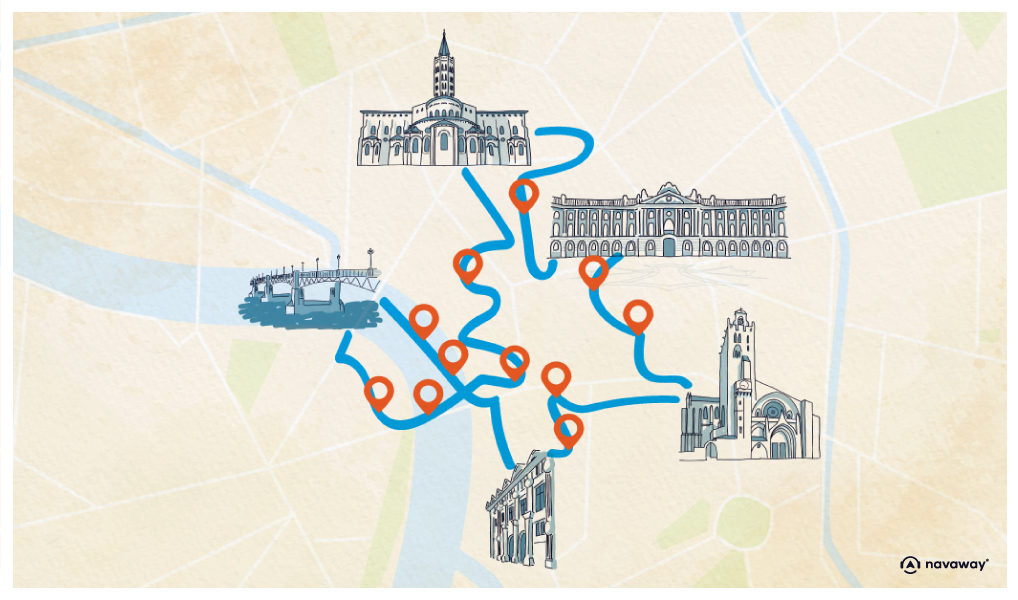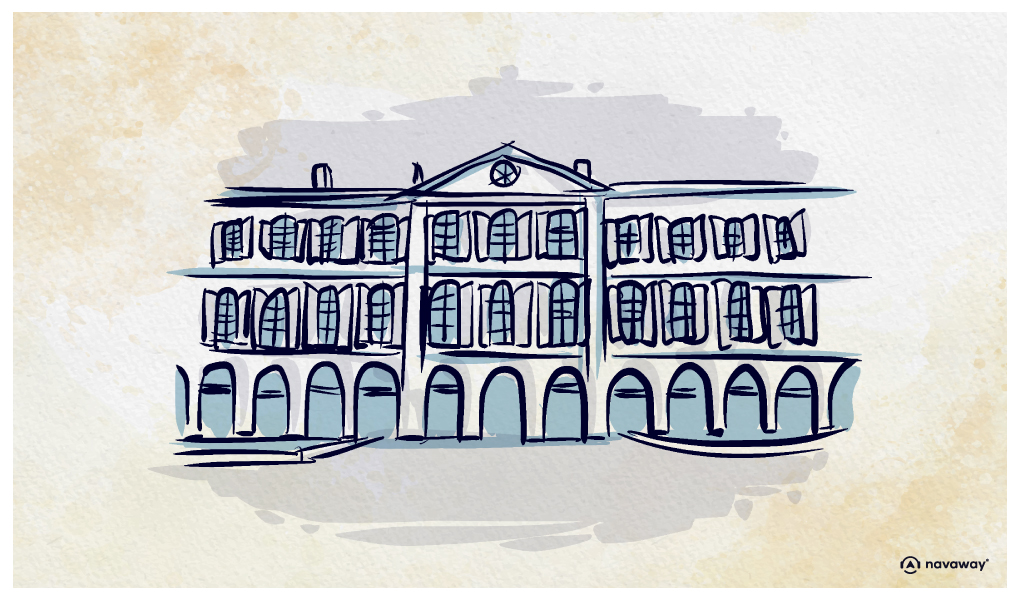
Saint-Georges Square

This point of interest is available as audio on the tour: Visit Toulouse, The Pink City
Everyone loves Saint-Georges square! It’s always bustling with life, with its busy cafés during the summer. But it wasn’t always like that; for many years, it was much dreaded public execution site, known for its scaffold. During the Revolution, it was renamed Calas Square after the famous Calas affair that shook Toulouse and the rest of France in the 1760s. Jean Calas was a local Protestant merchant. When his son was found strangled in his home, he, his maid and his family were accused of murdering him to prevent him from converting to Christianity! The case revolved around a religious conflict between Protestants and Catholics, and had no real judicial value, tangible evidence, or consistent testimony incriminating poor Jean Calas. However, at the time, evidence wasn’t really necessary. They had found a clever workaround for trials lacking sufficient testimonies: the “monitoire à fin de révélations”, which more or less translates to “monition to confess”. This system essentially relied on false testimonies from poor parishioners who were coerced by priests into coming forward, under threat of excommunication. Thanks to this monitory, Jean Calas was thus sentenced, and I quote: “to be bound and displayed for 2 hours on the wheel, after which he will be strangled and thrown on a pyre to be burned”. Even after being tortured for hours, he confessed to nothing. Voltaire, the first philosopher to meddle in a public affair, defended him and dedicated his treatise on tolerance to him. He obtained a new trial that discharged the rest of the family, and cleared the name of the deceased. But the damage had been done. In reality, the reason the son had been found strangled in his own home was that the family had tried to cover up his suicide by cutting him loose from the rope with which he had hung himself. You see, in those days, they would drag through the streets the bodies of people who had committed suicide face down behind a horse before disposing of them. This common practice under the Ancien Régime was known as “claie d’infamie”, and was only abolished after the French Revolution. On this sad note, I invite back to the present to enjoy the peaceful charm of the lovely Saint-Georges Square.


Discover Toulouse with app
An interactive guide through the most beautiful streets, squares, and districts
23 fun audioguides full of historical facts, anecdotes, and legends





Comments